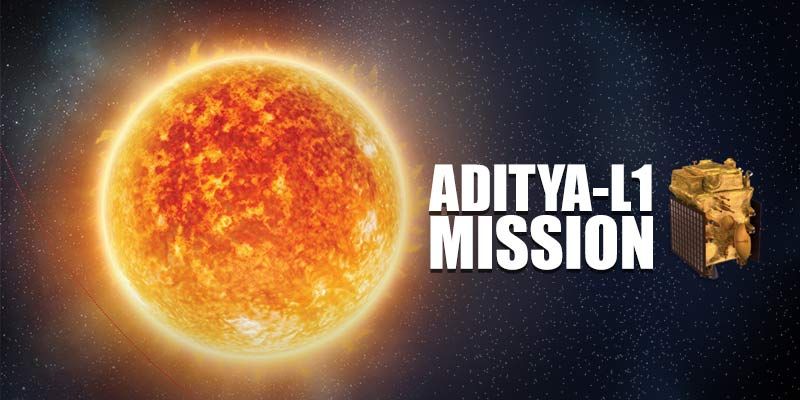
the goal of India’s inaugural solar observation mission has been accomplished.
Aditya-L1 arrived at the location in space where it will be able to observe the Sun continuously on Saturday.
The spacecraft has been moving toward the sun for four months now, having taken off on September 2.
It was launched by space agency Isro a few days after India created history by being the first country to land close to the lunar south pole.
Indian Prime Minister Narendra Modi commended the mission, calling it “an extraordinary feat” and “a landmark.”
Mr. Modi said on X, the platform that was formerly known as Twitter: “It is a testament to the relentless dedication of our scientists in realising among the most intricate and complex space missions.”
The name Aditya-L1, which comes from the Hindu sun god Surya, inspired India’s first space-based mission to study the largest object in the solar system.
The spacecraft has now arrived at Lagrange point 1, or L1, which is the precise location between the Sun and Earth.
A Lagrange point is where the gravitational pull of two massive objects, like the Sun and the Earth, cancels each other out, enabling a spacecraft to “hover,” according to the European Space Agency.
Aditya-L1 is 1.5 million kilometers (932,000 miles) from Earth, or 1% of the distance between Earth and the Sun.
India made lunar orbit in that year and set its sights on the Sun
What relevance do the results of India’s Moon mission have?
In the vicinity of the Moon’s south pole, India makes history
The Times of India stated that Aditya-L1 was successfully placed in L1’s orbit on Saturday at around 16:00 India time (10:30 GMT).
S. Somanath, the head of Isro, previously told the BBC that the organization would trap the craft in orbit and would sometimes need to make additional maneuvers to keep it there.
Aditya-L1 will be able to orbit the Sun at the same speed as Earth once it arrives at this “parking spot.” It will be able to do scientific research and continuously observe the sun from this vantage point, even during eclipses and occultations.
